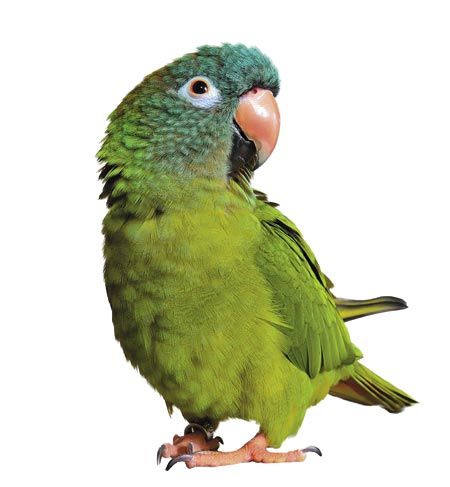3 veterinary hospital design tips for exotic patients
Cat-friendly exam rooms and low-noise dog kennels are one thing. This veterinary architect offers a trio of ideas to pay special attention to birds, lizards, snakes and smaller mammals.

Shutterstock.com
Exotic species not only need special consideration in terms of smaller equipment for treatment, but also in terms of housing and layout in the veterinary hospital. There are three main areas of consideration, says Vicki Pollard, CVT, AIA, of Animal Arts in Boulder, Colorado:
1. Space
Keep prey and predators separate from each other, Pollard says. That means not only separate rooms, but separate air. Odors can transfer from one space to another, and that can lead to elevated stress levels for the prey species. This doesn't help in a hospital setting where the animal is already stressed, Pollard says.
2. Temperature
It's important to keep exotic species at the ideal temperature and humidity level for that species, Pollard says. The animal's individual enclosure can be managed, but with some planning, the overall building's mechanical design can help. Adding more thermostats allows for more individualized control within each space. And remember it's not all about housing-the animal sometimes needs to be removed from its enclosure for treatment.
3. Noise
To keep stress levels down, minimize exotic patients' exposure to loud areas-cue the barking husky waking up from surgery. Most exotic animals are treated in a hospital that also sees dogs and cats, so plan for noise control between exotics and dogs. In addition, watch for nearness to noisy equipment, such as pumps and compressors. All adjacencies should be taken into consideration when planning the layout of the exotic ward.
Vicki Pollard, CVT, AIA, is a principal at Animal Arts, a veterinary architecture firm in Boulder, Colorado, and a Veterinary Economics Hospital Design Conference educator.